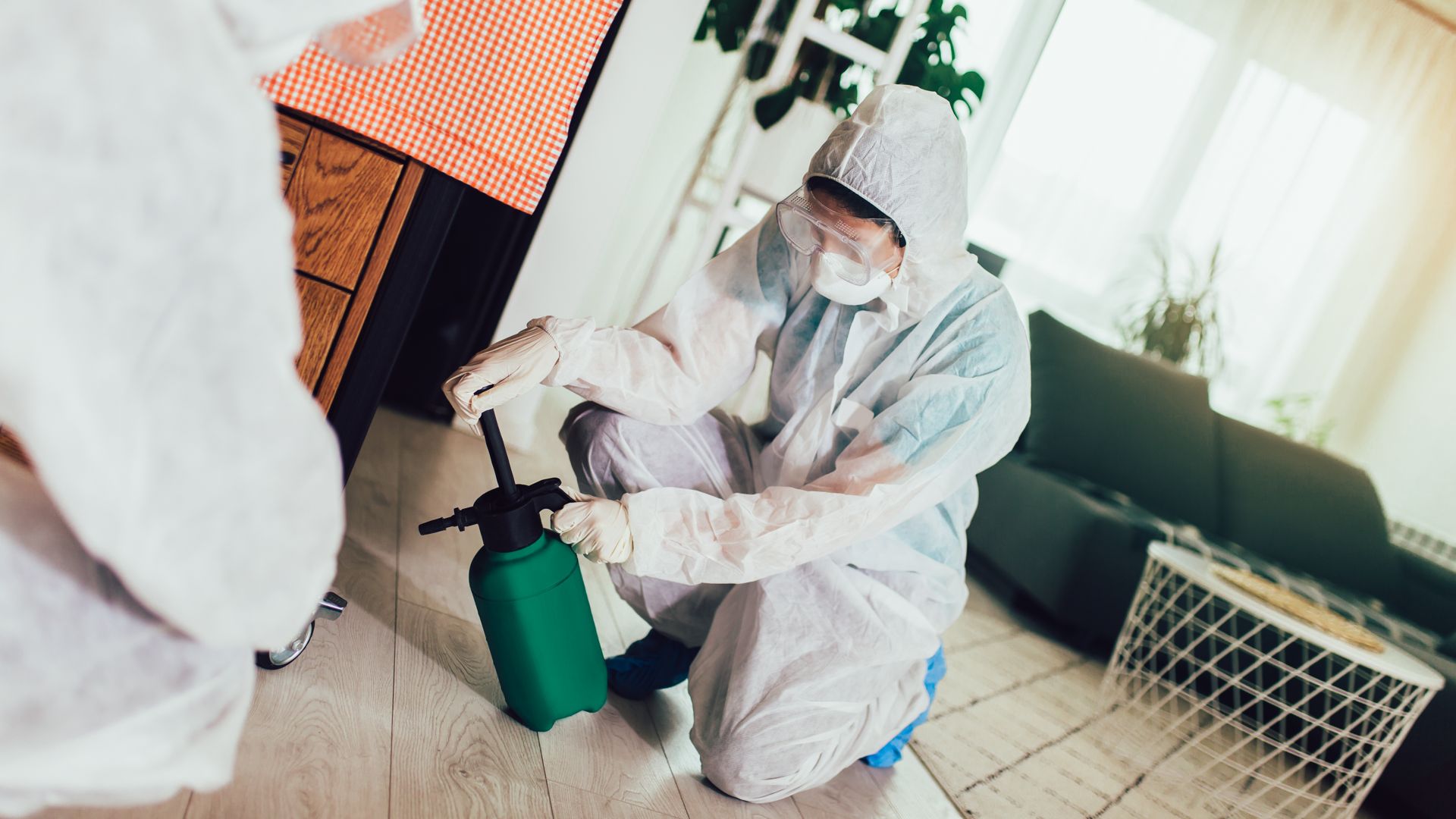How To Get Rid Of Mice Quickly In Houston
There is no faster way to get rid of mice than through the application of traps. Using traps is also much safer than using poisons to kill rodents. But traps come with many frustrating drawbacks. Let's take a look at some of them.
- Placement — When attempting to capture a mouse, it matters where you put your traps. If you put them in the wrong locations, you're not going to catch any mice. The best placement of mouse traps is against walls. Mice run along walls with their side touching the wall. When they do this, they'll run right into your traps.
- Bait — It is commonly thought that mice prefer cheese and that cheese is the best bait to use with a trap. It is not. If you attempt to capture mice with cheese, you're likely to be disappointed. Not only is this not a preferred food choice, it is easily removed from the latch of a trap without setting off the trap. A better choice is peanut butter. It sticks to the latch on a trap, making it harder to get off. Peanut butter is also a preferred food. Mice eat nuts and seeds as their primary sustenance.
- Preparation — If you set traps without taking appropriate preparation, you're probably not going to catch any mice. What preparation should you take? Mice can smell you on the traps you place. And if they smell you, they're not going to take the bait and get caught. Before you set your traps, put plastic gloves on. It doesn't matter what kind. Medical glove or dishwashing gloves will do. The goal is to make sure you don't taint your traps with a smell that will keep mice away.
- Number — If you put down one trap, don't expect to catch mice. It is amazing how mice are able to spring a trap without getting caught. Often, it is a second trap placed near the first that captures a mouse. For the best results possible, put down more than one trap.
Okay. You're ready to capture some mice now, right? Before you get too excited, there are a few more things you should consider:
- Mice can carry harmful bacteria, parasitic worms, and other organisms on their fur. If you do trap mice, be sure to wear protective gloves and clothing when getting rid of dead mice.
- When mice get in, they often bring ticks, fleas, lice, mites, and other ectoparasites with them. Keep this in mind. Those secondary pests should be dealt with.
- Getting rid of mice with traps is only one part of mouse control. If you don't seal the entry points in your exterior walls and foundation, new mice can come in to replace the mice you've removed. This will have you trapping and removing mice permanently.
- Mice reproduce extremely fast. If you catch a mouse or two, keep in mind there may still be more mice inside your Houston home.
Ongoing Mouse Problems
Mice in Houston are quiet critters. When they get into our Houston homes, they rarely make detectable noises. Bumping and scraping in walls is the exception, not the rule. If your DIY mouse control fails, you may not know it. This will allow mice to continue to damage your property and expose everyone in your home to health threats such as stomach illness, intestinal worms, Hantavirus pulmonary syndrome, lymphocytic choriomeningitis Salmonellosis, leptospirosis, the bubonic plague and more, not to mention all of the secondary disease threat ticks and other parasites can transmit.
Mouse Control
If you're dealing with mice in Houston, the best solution is to call the mouse control experts. At Modern Pest Control, we have over 70 years of rodent control experience and we use industry-leading strategies for inspection, trapping, monitoring, and exclusion of rodents. Our licensed and highly trained pest professionals also know how to address secondary pest threats like ticks and fleas. Don't take chances with DIY mouse control. It just isn't worth it. Mice in urban environments, like the Greater Houston area, are exposed to many harmful organisms. When they get into Houston homes, they can spread them around. Protect yourself and everyone in your home. Reach out to Modern today. We're here to help!

.2503110807321.jpg)
.2412110613398.jpg)
.2412110610205.jpg)